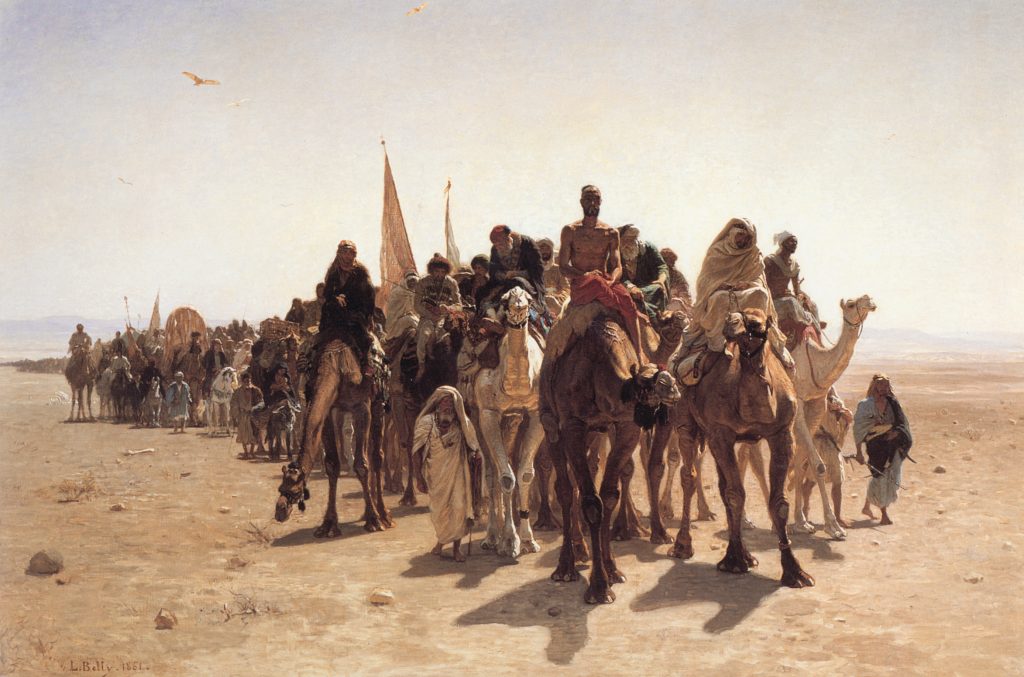Artistic Memory Maps: A Photographer's Journey
In the world of photography, memory plays a crucial role in shaping the narratives that unfold through the lens. For professional photographers, capturing and preserving memories is not just a job but a passion. This is where the concept of artistic memory maps comes into play. By integrating elements of art and memory, photographers can create a visual journey that resonates deeply with viewers.
The concept of artistic memory maps is not new, but its application in photography offers a fresh perspective. These maps help photographers create a cohesive story, weaving together different experiences and locations into a single, compelling narrative. In this article, we will explore how professional photographers can harness the power of artistic memory maps to enhance their work, engage their audience, and ultimately become more successful in their craft.

What Are Artistic Memory Maps?
Artistic memory maps are visual representations of memories, crafted through the lens of creativity and imagination. They serve as a tool to document and convey experiences, emotions, and stories. For photographers, these maps can be a guiding framework, helping them to organize and present their photographic narratives in a more impactful way.
By incorporating elements of art, such as color, composition, and symbolism, photographers can transform simple images into powerful stories. Travel-themed sketches are an excellent example of how memories can be creatively mapped out and shared.
The Importance of Memory in Photography
Memory is a fundamental aspect of photography. It allows photographers to connect with their subjects, capture the essence of a moment, and evoke emotions in their audience. By utilizing artistic memory maps, photographers can enhance their ability to tell stories that resonate on a deeper level.
Consider the impact of artistic travel storytelling on a viewer. By mapping out memories visually, photographers can guide their audience through a journey, creating a sense of intimacy and understanding.
Creating Your Own Artistic Memory Map
Creating an artistic memory map involves more than just capturing images; it requires a thoughtful approach to storytelling. Here are some steps professional photographers can take to create their own memory maps:
Step 1: Define Your Narrative
Start by identifying the story you want to tell. Consider the emotions, themes, and experiences you wish to convey. This will serve as the foundation for your memory map.
Step 2: Select Your Visual Elements
Choose the images, colors, and symbols that best represent your narrative. These elements should complement each other and enhance the overall story.
Step 3: Arrange and Compose
Organize your visual elements in a way that creates a cohesive and compelling narrative. Pay attention to composition, balance, and flow to ensure that your memory map is visually engaging.
Step 4: Add Personal Touches
Incorporate personal touches, such as handwritten notes or sketches, to add depth and authenticity to your memory map.
For more inspiration on creating your own memory maps, consider exploring memory-based travel illustration.
The Impact of Artistic Memory Maps on Photography
The use of artistic memory maps in photography can have a profound impact on both the photographer and their audience. By creating a visual journey, photographers can engage viewers on a deeper level, evoking emotions and fostering a connection with their work.
Furthermore, artistic memory maps can serve as a valuable tool for photographers seeking to refine their craft. By experimenting with different visual elements and storytelling techniques, photographers can push the boundaries of their creativity and develop their unique style.
To see how other artists utilize memory maps in their work, visit travel-inspired art.
Conclusion
The integration of artistic memory maps into photography offers a powerful way for photographers to tell compelling stories. By harnessing the power of memories and art, photographers can create visual journeys that resonate with their audience and leave a lasting impact. Whether you're an experienced professional or just starting out, exploring the world of artistic memory maps can open up new possibilities for your photography.

FAQs
What are artistic memory maps?
Artistic memory maps are visual representations of memories, crafted through creativity and imagination, often used in photography to tell compelling stories.
How can photographers benefit from using artistic memory maps?
Photographers can benefit from using artistic memory maps by enhancing their storytelling abilities, engaging their audience, and developing their unique style.
Where can I find inspiration for creating memory maps?
Inspiration can be found by exploring resources such as travel-inspired art or learning from other artists who use memory maps in their work.

